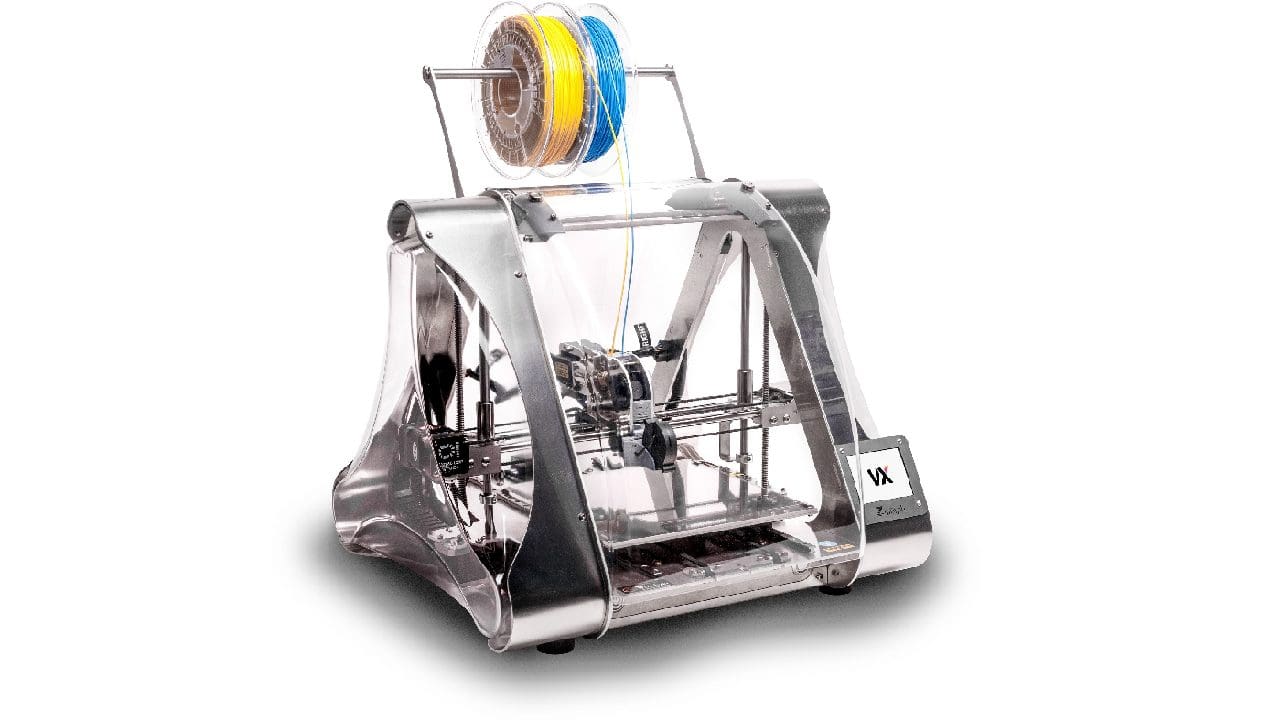One of the many issues you can face when 3D printing is your filament being under extruded or getting completely stuck. One potential cause for this issue is a poorly wound spool. If a spool has been poorly wound or not secured properly, the filament can get tangled or even knotted.
While tangles add extra resistance to the extrusion process, knots will prevent it entirely, cutting your print short unless you catch it in time. Thankfully you can resolve this issue pretty easily if you catch it in time. The solution is to re-spool the filament. This will require a free spool and some patience.
How to Re-Spool Your Filament
To re-spool a spool of filament, you will need a place to mount at least one but preferably both spools so that they can freely rotate. Ideally, you want to set this up so that the filament just travels straight from one to the other with no curves or bends.
Once the spools are mounted, take the loose end of the old spool and attach it to the center of the empty spool. Now slowly and carefully spin the empty spool so that the filament starts to wrap around it. Ensure to untangle any tangles or knots as you come across them; you want the result to be as smooth as possible.
Tip: When dealing with flexible filaments, you may want to also spin the old filament. Full spools are relatively heavy, and flexible filaments will stretch. Some stretch is ok, but it may deform or break if it stretches too far, making things worse.
As you’re winding the filament from the old to the new spool, make sure that the whole width of the new spool Is evenly covered. This will help keep the spool balanced and help to avoid even more tangles.
Once you reach the end of the old spool, cut it free. Do to close to the center of the old spool as possible to minimize losses. Pull the filament taught on the new spool, roll the last of it on, and secure the loose end.
Once You’ve Re-Spooled Your Filament
Before you use your filament, it’s probably a good idea to dry it out. Filaments tend to be hygroscopic or moisture absorbent. They can even absorb moisture from the air. This is why they need to be stored in dry boxes with a desiccant.
Tip: After re-spooling, it’s best to leave the new spool to sit for a few hours before using it. This gives it time to properly bend into the new position.
If you want to try to speed up the process, there are tools that you can use, buy, or print. For example, you can get a drill attachment to spin the spool for you. You could also 3D print a hand-cranked winder, or you could buy an off-the-shelf product.
Conclusion
Re-spooling a tangled spool of filament is the easiest way to resolve tangling and knotting issues. Have you used a tool to help re-spool your filament? Which tool did you use? Let us know down below.




